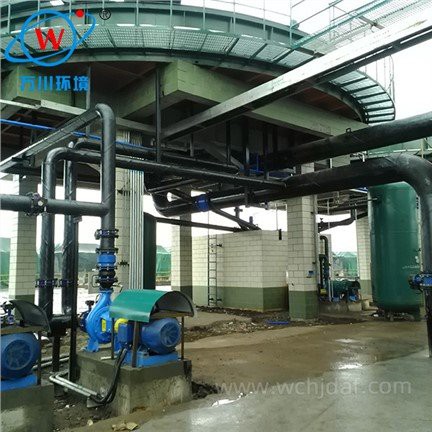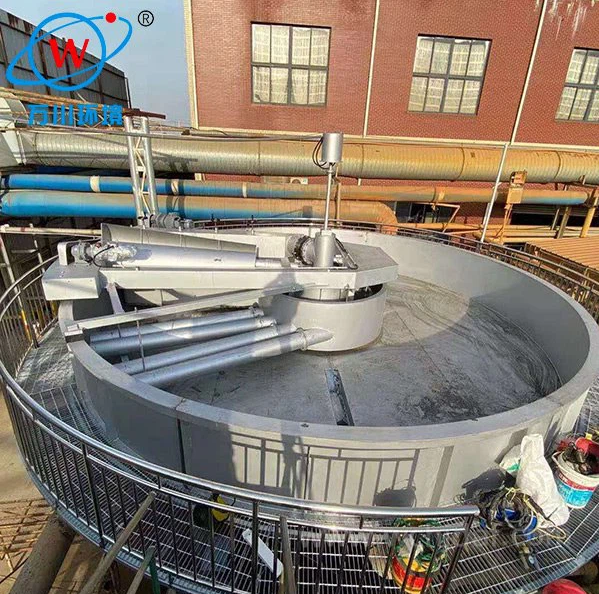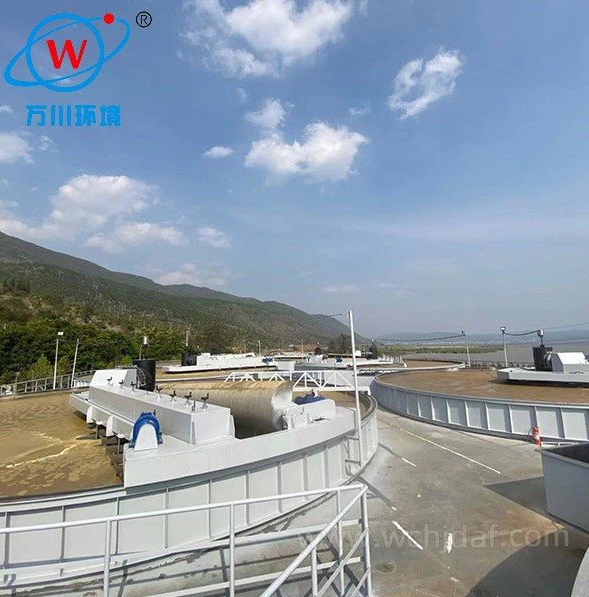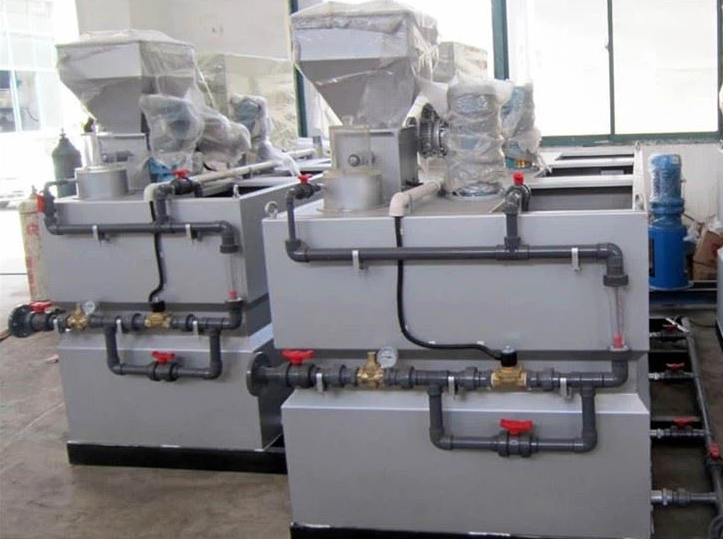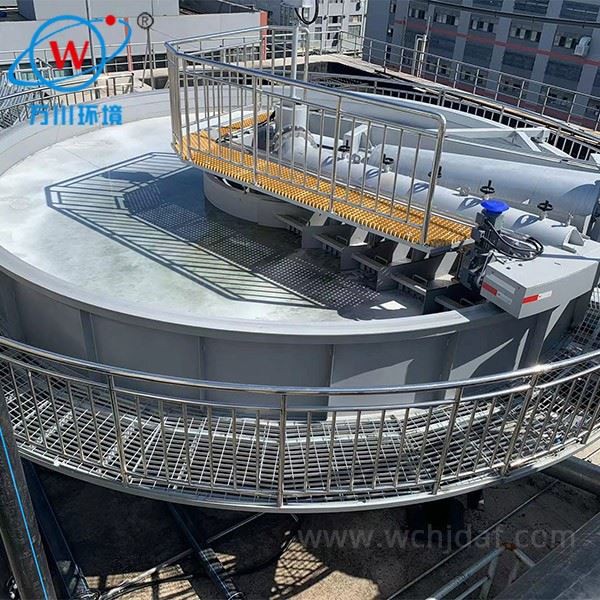DAF for Oil & Grease Removal in Rivers
Dissolved Air Flotation (DAF) is highly effective in removing oil and grease from river water, leveraging its unique operational principles and the physical properties of these contaminants.
Oil & Grease Removal Mechanism
-
Bubble Attachment Principle: Oil and grease droplets (hydrophobic by nature) readily attach to air bubbles released during DAF treatment.
Pressurized air saturates water, forming microbubbles upon depressurization. These bubbles bind to oil/grease droplets, carrying them to the surface where they form a removable froth layer.
-
Chemical Enhancement: Coagulants and flocculants significantly improve removal efficiency.
Size Aggregation Improved Capture Fine Particle Removal
These chemicals increase droplet size and bubble attachment probability, enabling removal of smaller particles that would otherwise bypass treatment. -
Performance Considerations: Several factors influence DAF effectiveness for oil/grease removal.
Oil Type
Free-floating vs emulsified vs dissolvedSuspended Solids
Concentration of competing particlesSystem Calibration
Pressure, flow rate, retention timeEmulsion Stability
May require pre-treatment
Despite these variables, properly optimized River Purification Dissolved Air Flotation systems remain among the most reliable methods for oil and grease removal, capable of significantly improving water quality and protecting aquatic ecosystems when correctly implemented with appropriate pre-treatment processes.

